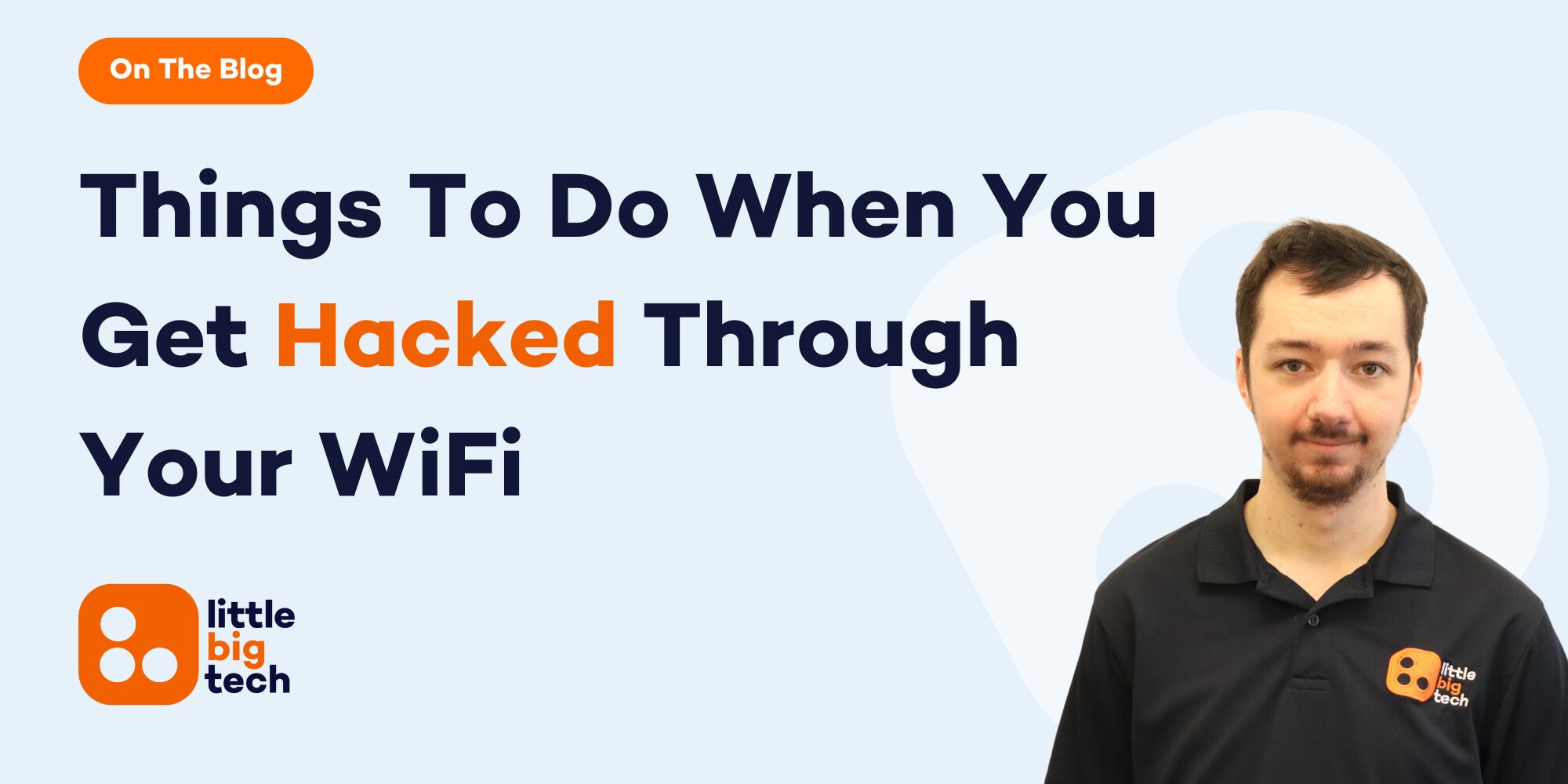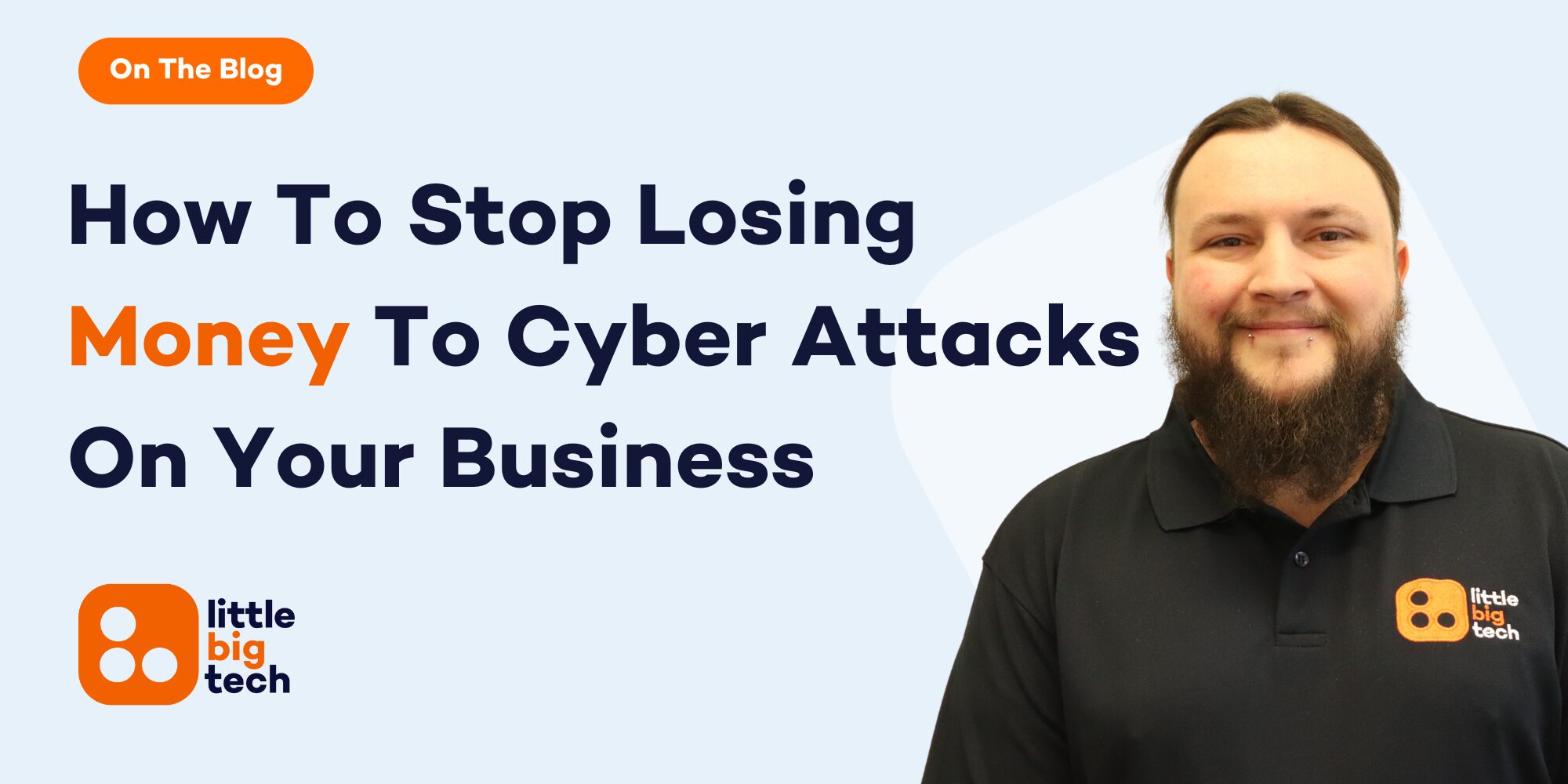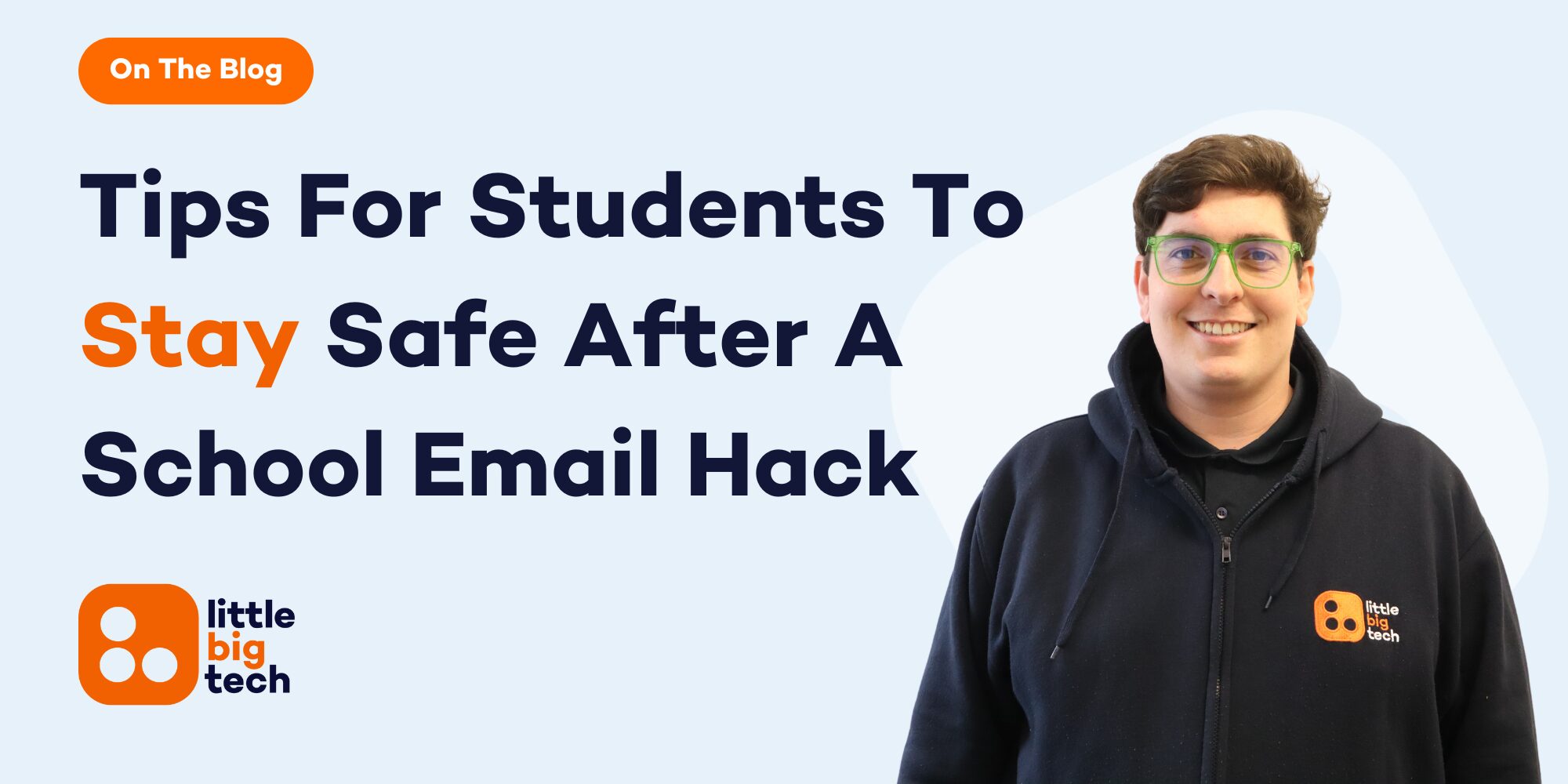If you are asking yourself “is my WiFi hacked?”, you are not alone. A lot of people do not realise just how easy it is for hackers to break into home or office WiFi networks. Knowing what to do as soon as you spot something odd can make a big difference. That is why we have put together this full guide for what you should do quickly when you think your WiFi has been hacked.
When your WiFi is hacked, someone could be stealing your private information, tracking what you do online, or even using your internet for bad things. It is a serious problem that can cause a lot of stress if not handled the right way. Many people waste time by guessing what to do next or ignoring the signs. The truth is, acting fast can help stop bigger problems like fraud or identity theft.
In this article, we will walk you through 11 clear and simple steps you should take straight away if you think your WiFi has been hacked. These steps will help you protect your data, stop unwanted users, and make your network safe again. Even if you are not 100% sure your WiFi has been hacked, it is better to be safe than sorry.
Each point is simple to follow and does not need you to be a tech expert. You just need to act quickly, stay calm, and follow the checklist. By the end, you will know exactly what to do to take back control of your network and keep hackers away for good.
1. Change Your WiFi Password Immediately
The first thing you should do when you think “my WiFi hacked” is change your WiFi password. A strong new password helps block anyone who has sneaked into your network. Make sure your new password is long, mixes letters, numbers, and special signs, and is not something easy like “password123” or your street name.
To do this, you need to log in to your router’s settings page. Usually, this is done by typing your router’s IP address into a browser. If you are not sure what your router’s address is, you can check the sticker on the back of the router or look it up online for your model. Once inside, find the wireless settings, and update your password.
After changing it, remember to reconnect all your trusted devices with the new password. Do not share this new password with anyone you do not fully trust. Also, avoid saving the password on devices you do not control, like public computers. This small but quick action can kick out any unwanted users and lock your network back under your control.
If you would like more tips about setting secure passwords, this guide to safer password habits from the UK’s National Cyber Security Centre can help.
2. Reboot Your Router Properly
Rebooting your router is another quick step after spotting that your WiFi might be hacked. A full reboot helps kick out any strange connections and can reset temporary settings that hackers could have changed. It is a simple action but one that can help you start fresh.
First, switch off the router using the power button or just unplug it from the wall. Wait about 30 seconds before switching it back on. This short wait helps clear any bad temporary memory inside the router. Once it comes back on, check the list of connected devices (most routers show you who is connected) to spot anything strange.
You should also watch to see if your internet behaves differently after the reboot. If it does, it might mean deeper changes were made by someone else. If everything seems normal but you are still worried, move to the next steps in this guide.
Simple reboots like this can stop weaker hacks, but if a hacker has made strong changes inside your router’s settings, more serious actions will be needed. That is why this reboot should not be your only fix if you believe your WiFi has been hacked.
3. Check Connected Devices And Remove Unknown Ones
If your WiFi has been hacked, strange devices might be using your network without you knowing. Checking the list of connected devices helps you find out if there are intruders and gives you a chance to block them straight away.
Most routers let you log into a settings page where you can see all devices connected to your WiFi. Look carefully at the list. Each device will have a name, but sometimes the names are odd or not clear. If you see anything you do not recognise, it is better to remove it or block it.
Many routers have a “block” or “kick out” option next to each device. Use it on anything suspicious. After removing unwanted devices, you should also check the “admin settings” on your router and make sure only you know the username and password to manage the network.
It is smart to check connected devices once a month even when you are not worried about hacks. Keeping an eye on what devices are on your WiFi is one of the best ways to stay safe. Regular checks like this will help you spot early signs of trouble before things get worse.
For more help with spotting signs of hacks early, these trusted tips from Cyber Aware UK are useful.
4. Update Your Router’s Firmware
Router firmware is like the brain of your router. It controls how the router behaves and protects your network. If you are worried about “my WiFi hacked”, updating the firmware should be a top task. Hackers often attack routers that are running old, weak software.
To update your router’s firmware, log in to the router’s admin page and find the update or firmware section. Many modern routers can check for updates automatically. If yours does not, you may need to visit the router maker’s website, download the update, and install it manually.
Updating might take a few minutes, but it is worth the time. New updates fix holes that hackers could use to break in. Also, they often make your WiFi stronger and faster.
If you have never updated your router before, now is the time to get into the habit. Some routers even allow you to turn on “automatic updates” so you do not need to remember to do it manually again.
Ignoring updates makes it easier for hackers to get back into your WiFi even after you change passwords and reboot. Keeping everything updated closes the door firmly behind the hacker.
5. Reset Your Router To Factory Settings
If you still feel something is not right even after changing your password and rebooting, a full factory reset is a good idea. Hackers sometimes change hidden settings that you cannot see easily. A reset clears everything back to how the router was when new.
You can usually find a small “reset” button at the back of the router. It is very small, so you will need a paperclip or something sharp to press and hold it. Keep it pressed for about 10 to 15 seconds until the router lights blink or restart.
Once reset, you will need to set up your WiFi again, including creating a new password, updating the network name (SSID), and making sure the admin password is strong too. It might feel like extra work, but it gives you peace of mind that no hidden settings are still helping hackers.
Doing a factory reset is often the cleanest and safest way to remove hidden threats from your home network. It makes sure you are truly starting again from scratch.
6. Enable Network Encryption (WPA3 or WPA2)
Another powerful step when you think “my WiFi hacked” is checking if your WiFi uses encryption. Encryption scrambles data so that hackers cannot easily see or steal it. The newest standard, WPA3, is the best, but WPA2 is also strong if WPA3 is not available.
You can check your encryption type by logging into your router’s settings and looking at the wireless security page. If you see WEP listed, change it immediately because WEP is old and weak.
Choosing WPA3 or WPA2 makes it much harder for outsiders to spy on your traffic or break into your network. If your router is very old and does not support these newer encryptions, it might be time to think about upgrading to a more modern router.
Encryption is a background hero in WiFi security. You might not notice it working, but without it, hackers have a much easier job. Make sure your home or office WiFi has the right settings to keep your data private and safe.
7. Monitor Data Usage Closely
Another trick hackers use when they have control of your WiFi is to secretly use up your internet data. If you notice strange spikes in data use, it could be a sign someone else is using your network without permission.
Many routers show how much data has been used each day or week. Log into your router’s settings and find the traffic or usage section. If you see big jumps when you were not online or when the house was empty, that is a warning sign.
You can also check with your internet provider if they offer apps or online accounts that show usage in real-time. Keeping track helps you catch problems before you get a big internet bill or suffer slow internet because someone else is using it.
Watching data does not just help spot hackers. It also helps you understand your home’s internet habits better. This can even help you manage your usage more smartly in the long run.
8. Disable Remote Access Features
Many routers allow remote access, which means you can manage the router when you are not at home. This sounds useful but also gives hackers another way in. If you think “my WiFi hacked”, you should turn this feature off straight away unless you really need it.
To disable remote access, log into your router’s settings, go to the remote management or WAN access section, and switch it off. This setting is often hidden deep inside the advanced options, so take your time to find it.
Most home users do not need remote access at all. Turning it off removes one more door that a hacker could use to control your network without you knowing.
Simple settings like these make a huge difference in keeping your WiFi secure. The fewer open doors you have, the safer your home internet becomes.
9. Set Up A Guest Network
If you often have visitors at your home or clients at your small office, setting up a guest network can protect your main WiFi. This way, guests can go online without risking the safety of your personal devices and files.
Guest networks are easy to create. Most routers have a “Guest WiFi” option in their settings. Set it up with a different password from your main WiFi and do not allow guests to access your main network or files.
If you already have a guest network, check that it uses strong encryption and has a different password from your main one. You can even limit how much data the guest network allows if you want.
Having a guest network helps reduce risks because even if a hacker gets onto the guest WiFi, they still cannot touch your important private systems.
10. Get Professional IT Support If Unsure
Sometimes fixing WiFi security problems yourself can be tricky. If you have tried all the steps but still feel something is not right, getting professional IT support services is a smart move.
Professionals can check deep router settings, scan your network for hidden threats, and make sure your home or business is fully safe again. They can also teach you how to spot early signs of future hacks so you feel more in control.
Many people leave things too long because they feel embarrassed asking for help. Remember, good IT support is about prevention as much as it is about solving problems. Acting early could save you from bigger troubles later.
11. Regularly Update Device Security
Finally, if you have been hacked once, you must make sure all devices that connect to your WiFi are secure too. This includes phones, laptops, smart TVs, and anything else that uses the internet.
Make sure all your devices have the latest software updates. Turn on automatic updates where possible. Install good antivirus apps and scan devices regularly.
Hackers often get in through weak devices, not just through the WiFi itself. Protecting each device is just as important as protecting the router.
Security should not be a one-off job. Keep doing these checks every few months to stay one step ahead of online threats.
Acting Quickly When Facing ”My WiFi Hacked” Worries
Finding yourself in a situation where you are thinking “my WiFi is hacked” can feel scary at first. But what matters most is acting quickly and calmly. The steps we have shared in this checklist are the best first moves to protect your network, your personal data, and your peace of mind.
Changing your password, rebooting and resetting the router, checking who is connected, and updating your router’s software are simple actions that stop many threats before they can grow into something bigger. Many people delay, hoping the problem will go away by itself. Sadly, hackers depend on that delay. Moving fast and being thorough cuts them off before they do real damage.
It is just as important to think about your future network habits too. Keeping your router updated, checking connected devices often, setting up guest networks, and making sure your own devices stay secure will help you avoid another hack. Prevention is much easier and cheaper than fixing a major security breach later on.
At Little Big Tech, we are here to help if you ever need extra support. Whether you are worried about signs of hacking or simply want advice on better securing your WiFi, our team offers easy-to-understand help that really works. Feel free to contact us any time for advice, protection, or just some friendly guidance. We are just a call or a click away whenever you need us.











